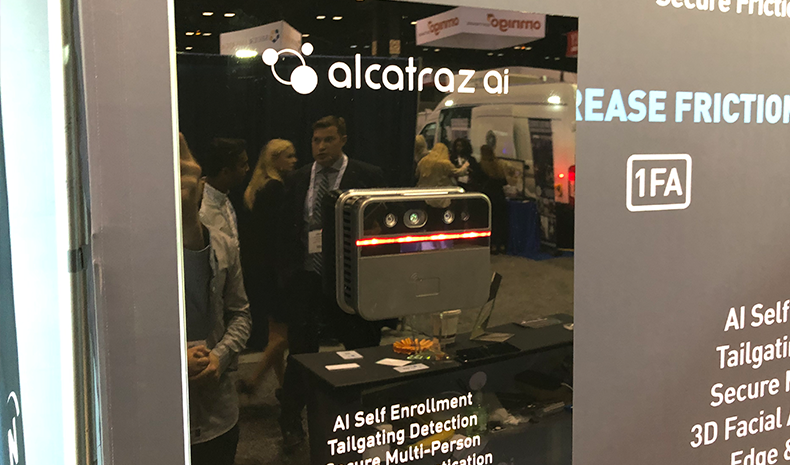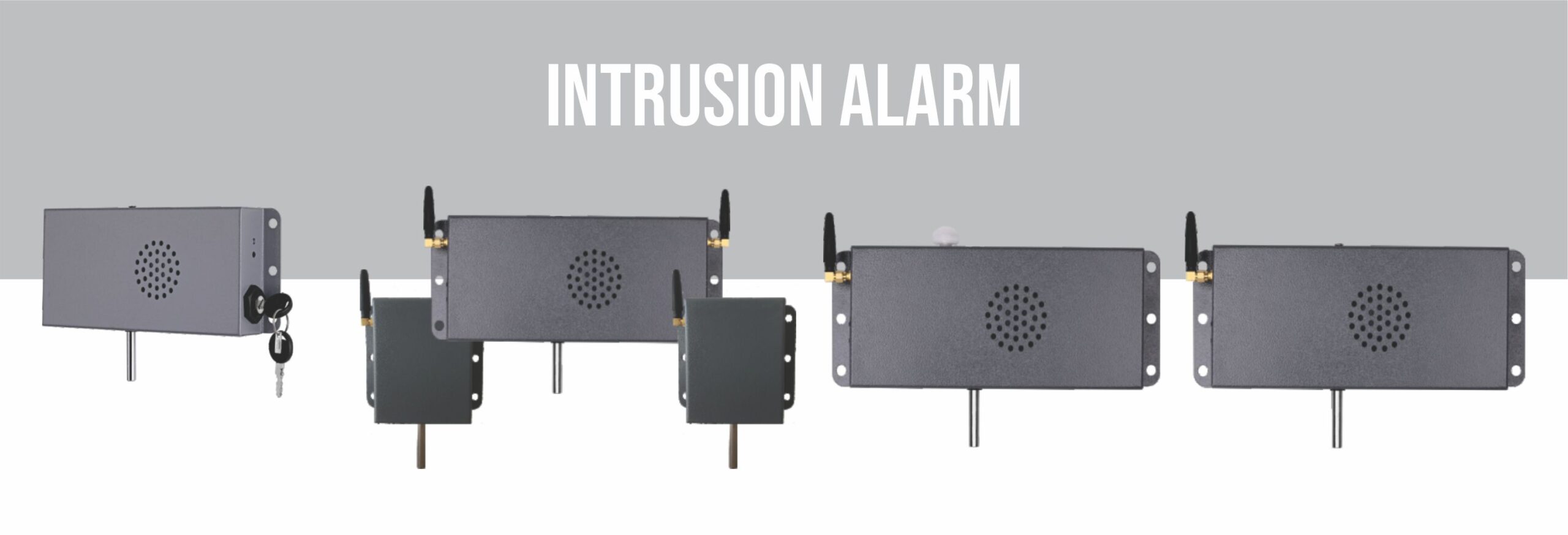Exploring the Function of Accessibility Control Systems in Enhancing Safety Equipment Efficiency and Performance
Access control systems are progressively identified as crucial components in the landscape of safety monitoring, providing a structured technique to manage access to sensitive areas and info. Their capacity to incorporate with numerous safety modern technologies, such as surveillance video cameras and security system, dramatically enhances the overall effectiveness and efficiency of security procedures. Nonetheless, as companies navigate the intricacies of implementation and administration, numerous challenges arise that warrant consideration. What ramifications do these difficulties hold for the future of safety and security procedures and innovations?
Comprehending Access Control Equipment
Gain access to control systems play a vital role in making certain the safety of various settings, from business workplaces to delicate government centers. These systems regulate that can go into or leave an assigned location, consequently safeguarding properties and sensitive details. The essential components of gain access to control systems include recognition, authentication, and permission processes.
Recognition involves confirming a person's identity, normally through qualifications such as crucial cards, biometric data, or passwords. When identified, verification validates the individual's right to accessibility, frequently via multi-factor authentication techniques to boost security. Finally, consent determines the level of accessibility granted, enabling separated approvals based on functions within the organization.
Gain access to control systems can be categorized into two primary kinds: sensible and physical. Physical accessibility control pertains to tangible locations, while logical access control governs digital details systems. Both kinds function synergistically to provide comprehensive safety and security services.
Combination With Safety And Security Technologies
The combination of accessibility control systems with other safety innovations is vital for developing an alternative protection setting. By incorporating accessibility control with video security, intrusion discovery, and alarm system systems, companies can improve their overall protection pose. This interconnected framework permits for real-time tracking and rapid feedback to safety incidents, boosting situational understanding and functional performance.
For example, incorporating gain access to control with video monitoring enables protection personnel to confirm gain access to events visually, making certain that only accredited individuals are provided entry. When access control systems are linked to alarm system systems, any unauthorized accessibility efforts can set off instant signals, prompting quick activity.
Moreover, the combination of gain access to control with cybersecurity actions is increasingly essential in protecting sensitive information and physical properties. By aligning physical safety methods with IT protection systems, organizations can ensure that both digital and physical gain access to factors are kept an eye on and regulated properly.
Advantages of Boosted Security Operations

In addition, boosted safety operations facilitate real-time surveillance and occurrence action. With incorporated systems that incorporate monitoring video cameras, alarms, and accessibility controls, protection teams can swiftly recognize and attend to possible threats. This proactive method allows for prompt interventions, reducing the chance of safety breaches and possible losses.
Furthermore, efficient safety operations add to a culture of safety and security within the organization. Staff members are likely to really feel more secure when they understand that robust procedures are in location, leading to boosted morale and efficiency. The use of data analytics from accessibility control systems enables companies to analyze safety and security patterns, boost policies, and designate sources effectively.
Considerations and difficulties

Additionally, organizations should attend to the possibility for information violations. Accessibility control systems frequently deal with sensitive info, and any type site here of susceptabilities can reveal this information to unapproved accessibility. security equipment suppliers. Guaranteeing robust cybersecurity steps is vital to safeguard against such risks
User training is another crucial factor to consider. Workers should understand how to use access control systems effectively, as inappropriate use can cause safety and security gaps. Moreover, organizations have to balance protection with individual benefit; extremely restrictive gain access to can hinder productivity and bring about workarounds that endanger safety protocols.
Conformity with lawful and regulatory requirements is likewise critical. Organizations has to make sure that their access control systems fulfill industry criteria and local regulations, which can vary dramatically. Lastly, the important source recurring maintenance and monitoring of these systems need dedicated resources, making it crucial for companies to allocate proper spending plans and workers to make certain long-term performance and efficiency.

Future Fads in Gain Access To Control
Expecting the future of accessibility control reveals a landscape progressively formed by technical advancements and progressing protection needs. One significant pattern is the assimilation of fabricated intelligence (AI) and artificial intelligence, which boost decision-making capacities and automate threat detection. These innovations enable for real-time evaluation of accessibility patterns, making it possible for even more receptive and flexible security steps.
Biometric authentication is also acquiring traction, with improvements in finger print, facial recognition, and iris scanning technologies providing enhanced protection and customer convenience. As these systems come to be extra sophisticated and economical, their adoption across various find this industries is anticipated to increase.
Another emerging fad is the change in the direction of cloud-based gain access to control systems. These services offer scalability, remote management, and central information storage, enabling organizations to improve operations and boost performance.
In Addition, the Web of Things (IoT) is readied to reinvent access control by allowing interconnected tools to connect and share data, thereby boosting situational understanding and safety and security responsiveness.
Verdict
In verdict, gain access to control systems significantly boost the efficiency and performance of safety equipment by promoting accurate recognition, authentication, and authorization procedures (access control systems manufacturers). Their integration with monitoring and alarm promotes an aggressive safety and security setting that deals with possible breaches in real-time. While difficulties and considerations exist, the ongoing advancement of access control innovations assures to further boost security operations. Inevitably, these systems are integral to protecting delicate locations and information within organizations, making certain a robust safety and security structure.
Accessibility control systems are significantly identified as essential components in the landscape of security management, providing a structured approach to regulate accessibility to delicate locations and details. Physical accessibility control pertains to substantial places, while rational gain access to control governs digital information systems.The integration of gain access to control systems with other safety and security technologies is essential for developing an all natural safety environment. Access control systems often deal with sensitive details, and any susceptabilities can reveal this data to unauthorized accessibility. Companies should balance security with customer comfort; overly limiting gain access to can hinder productivity and lead to workarounds that endanger safety and security protocols.